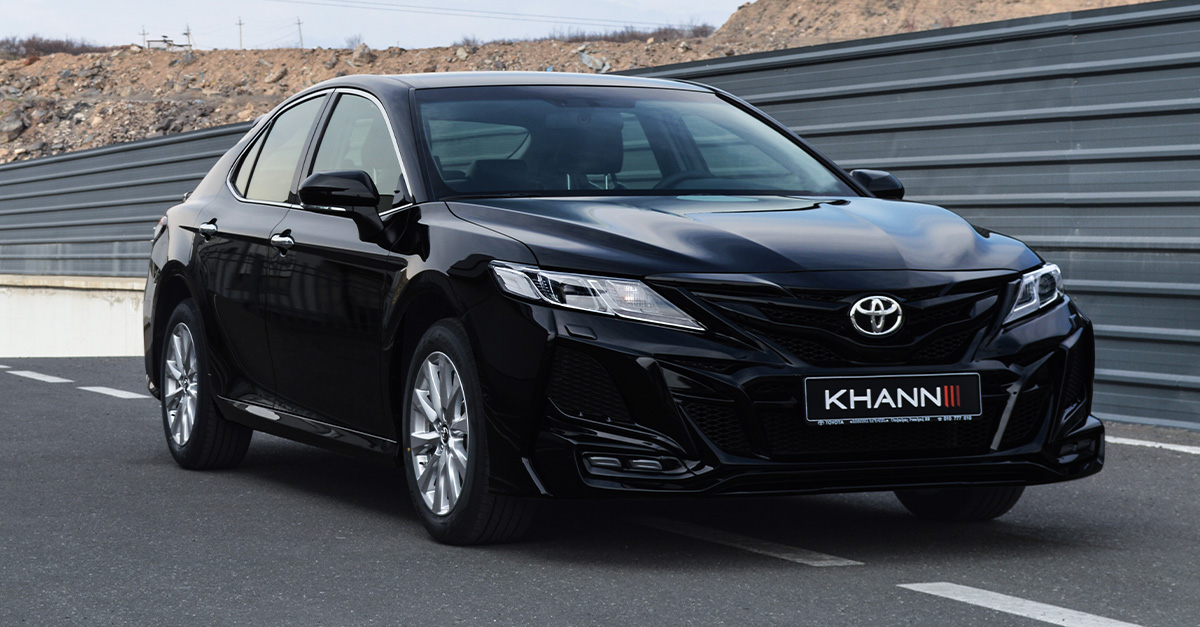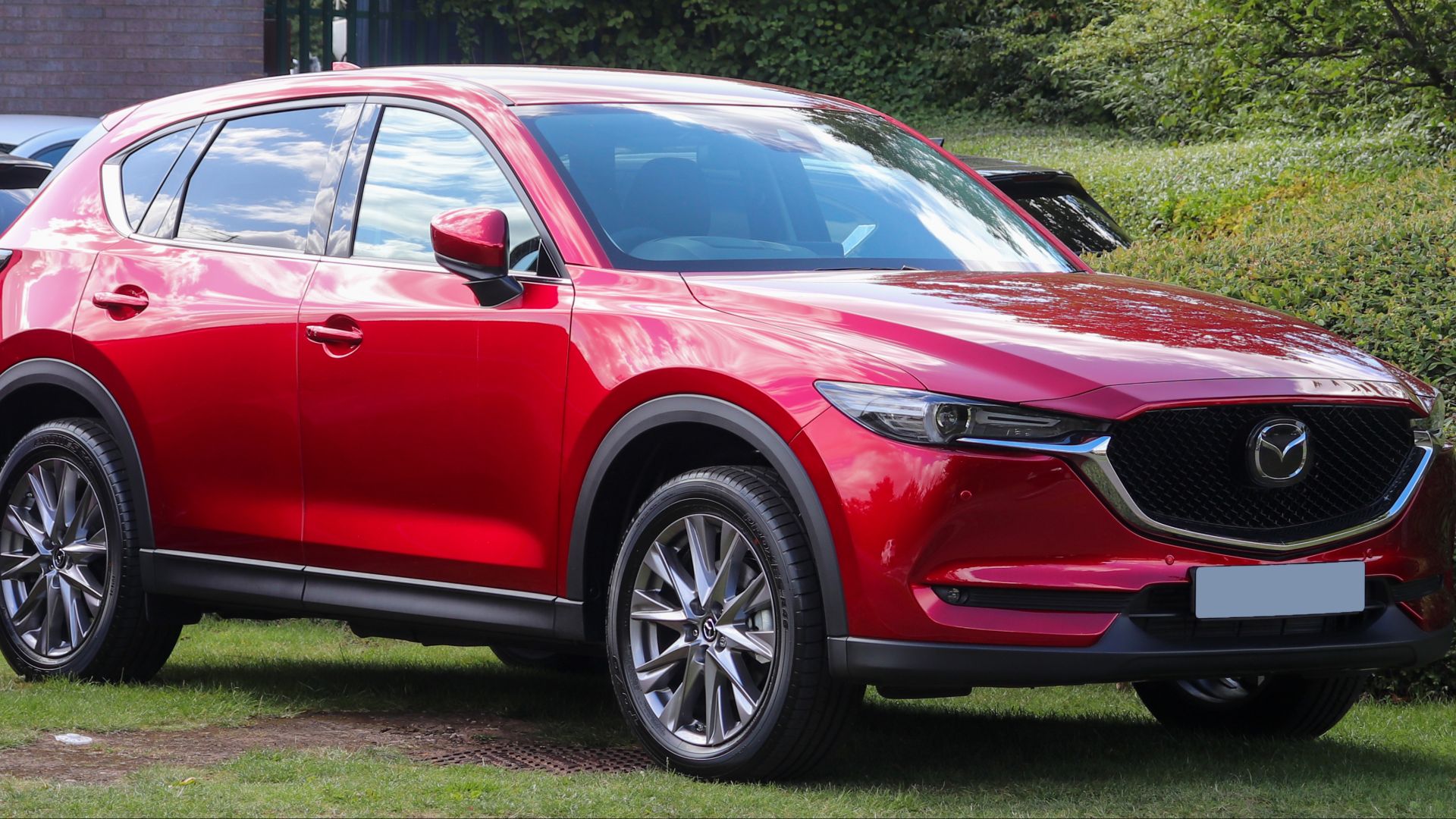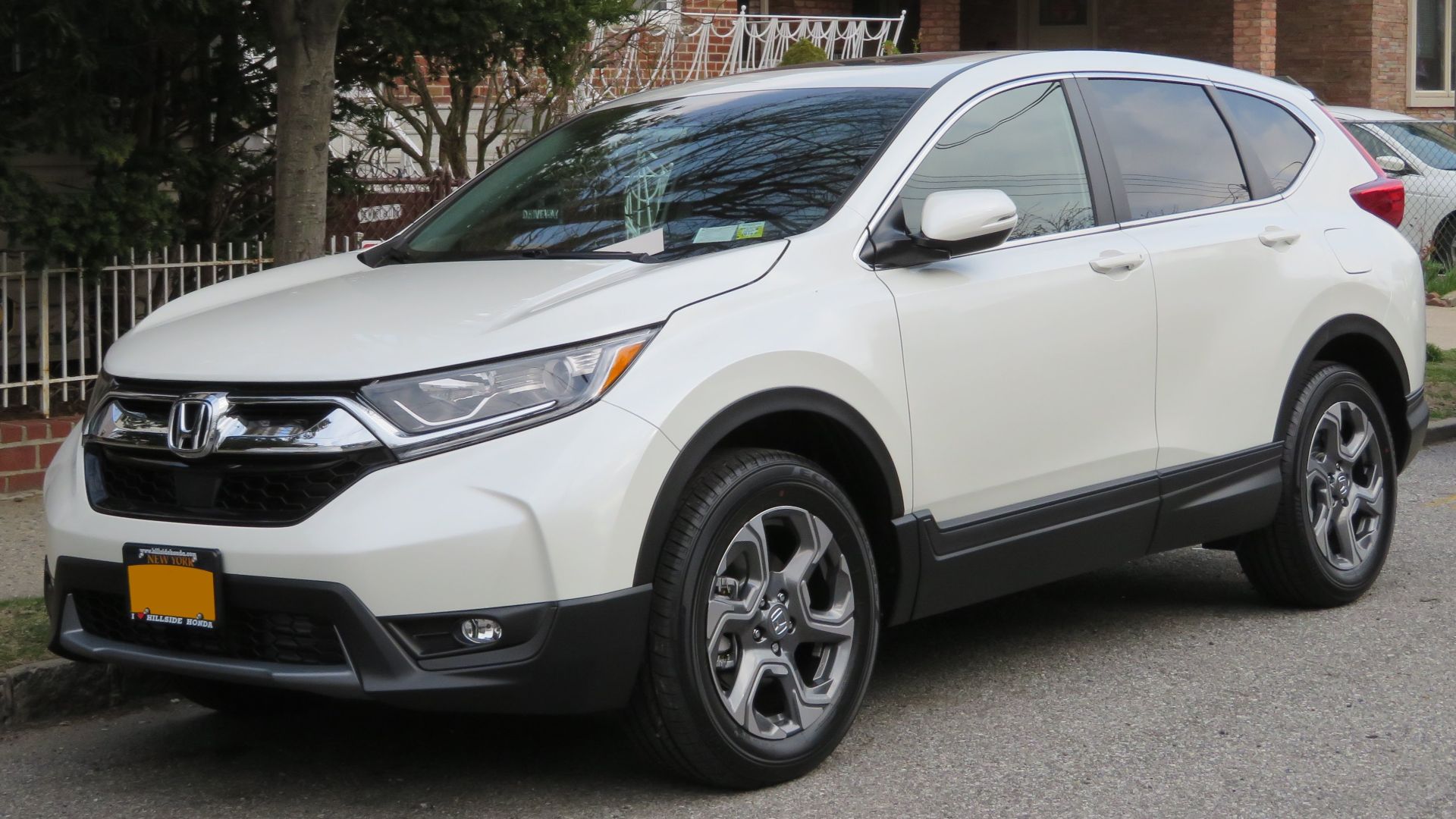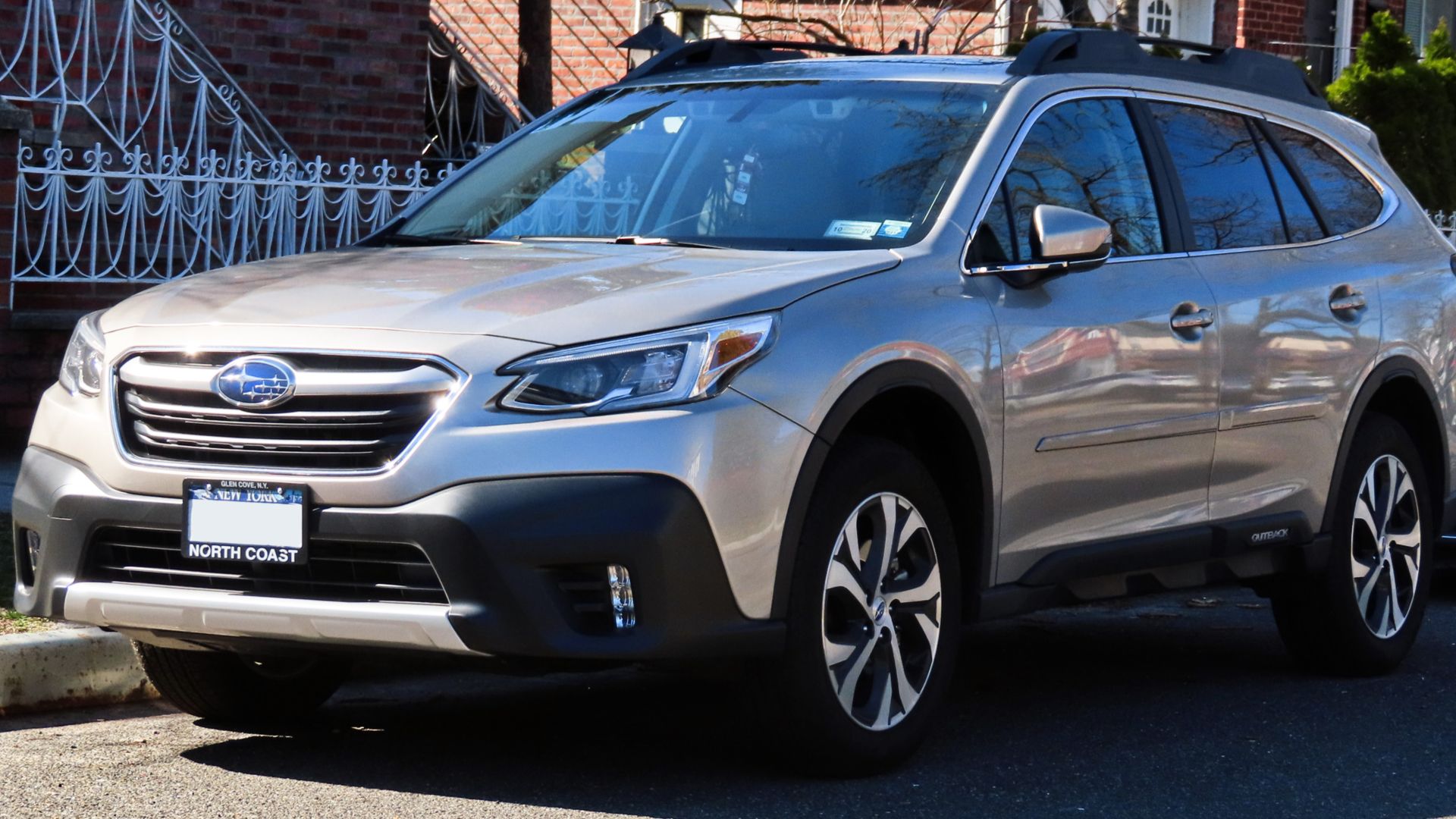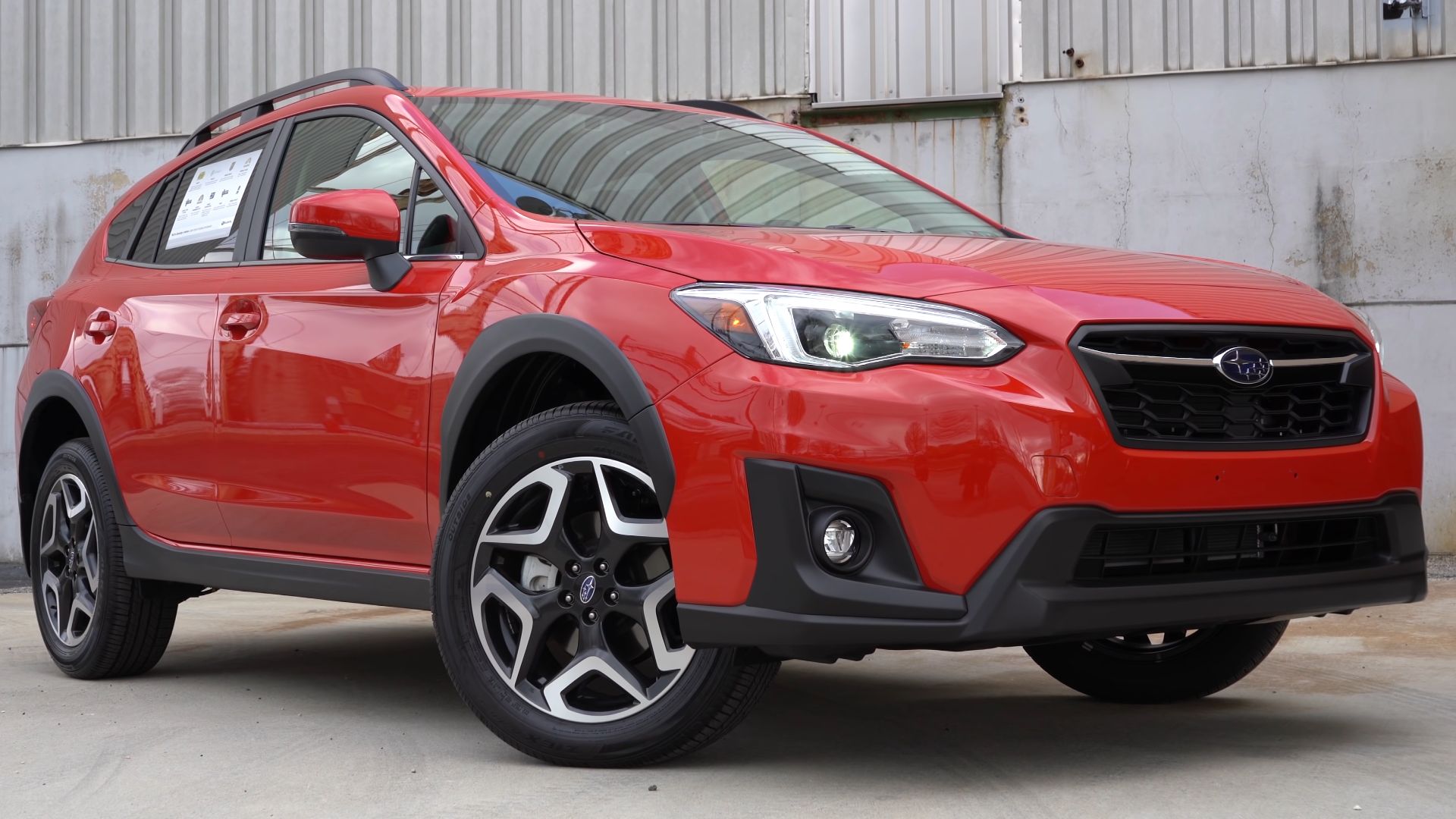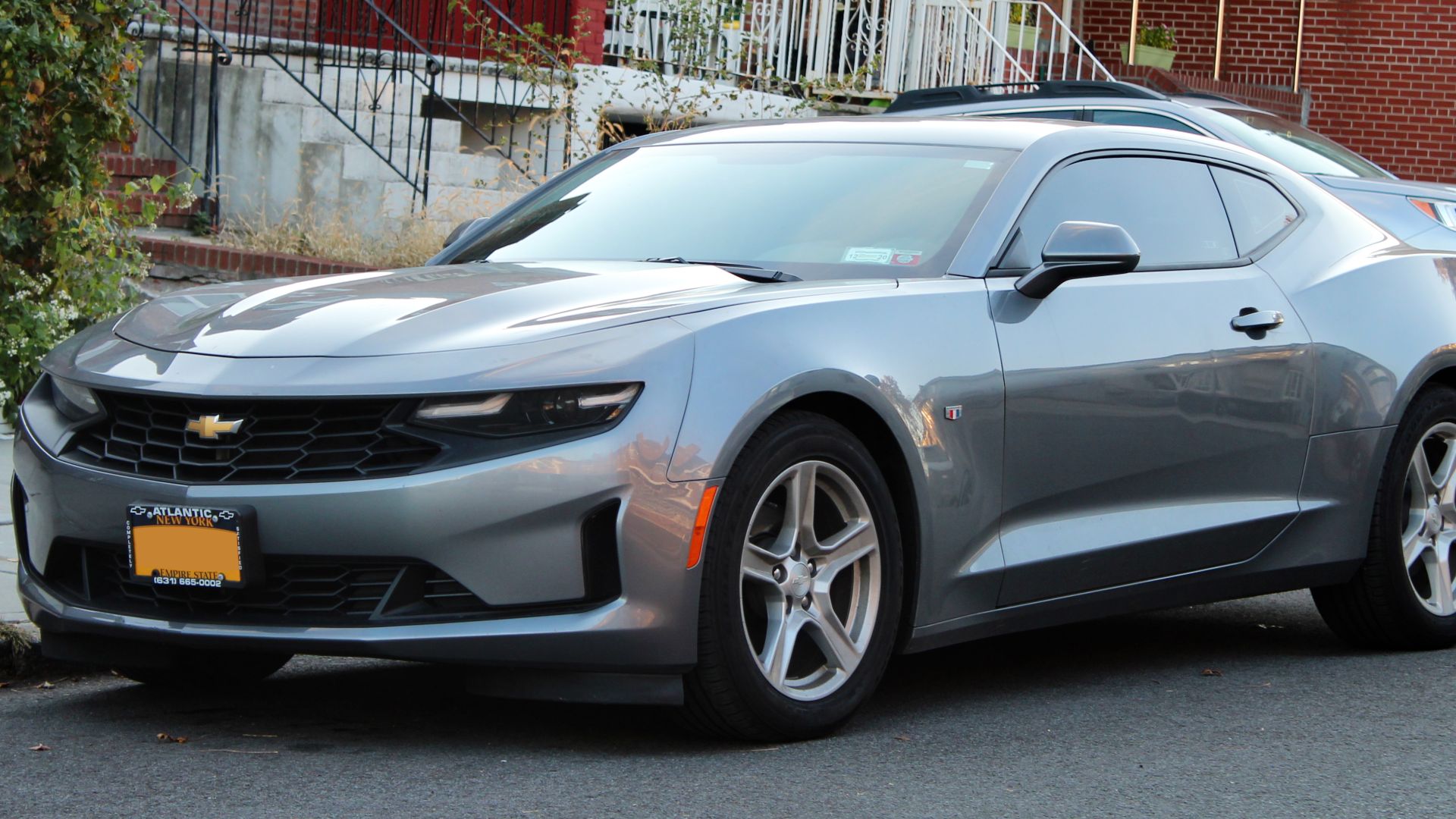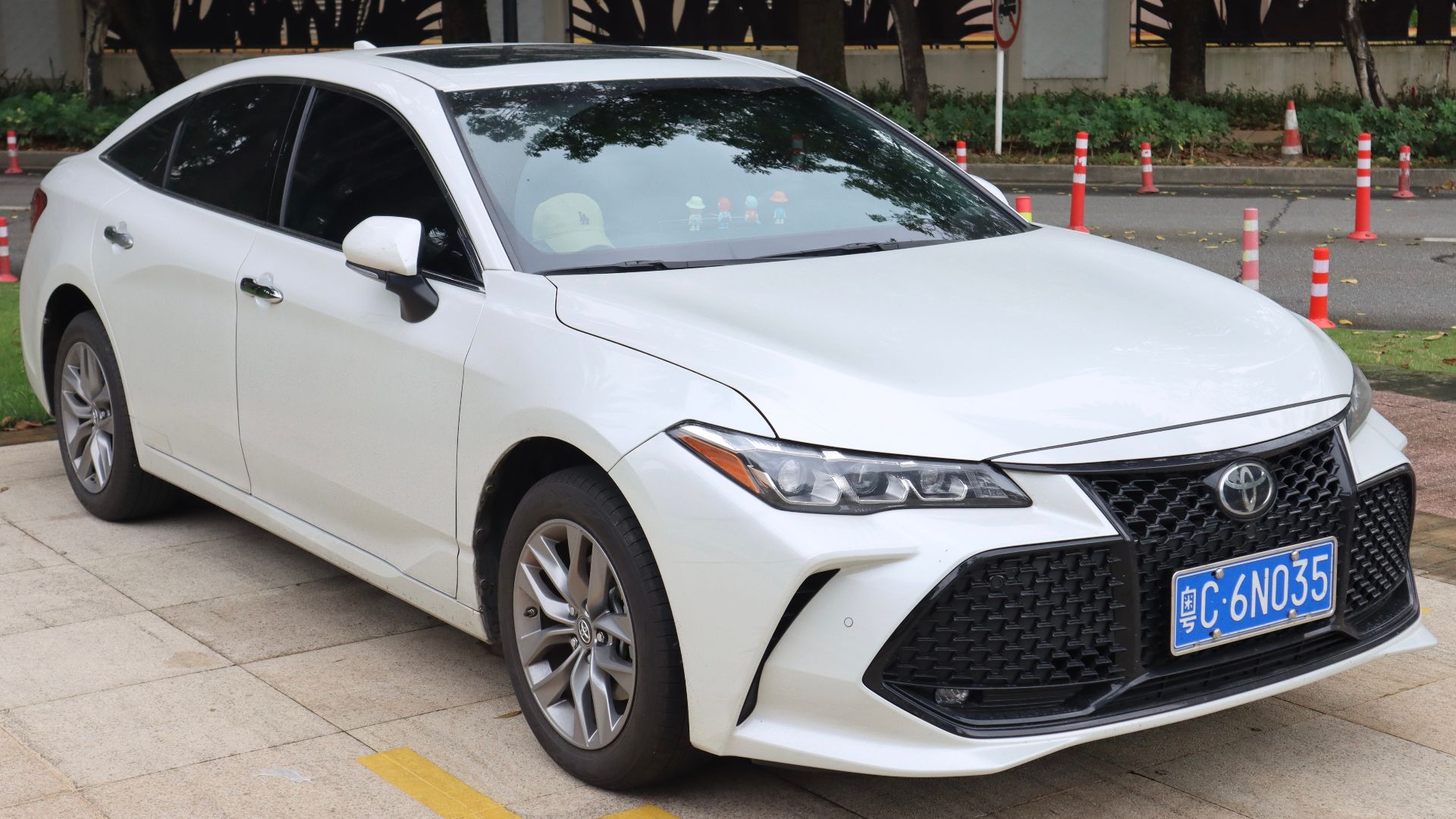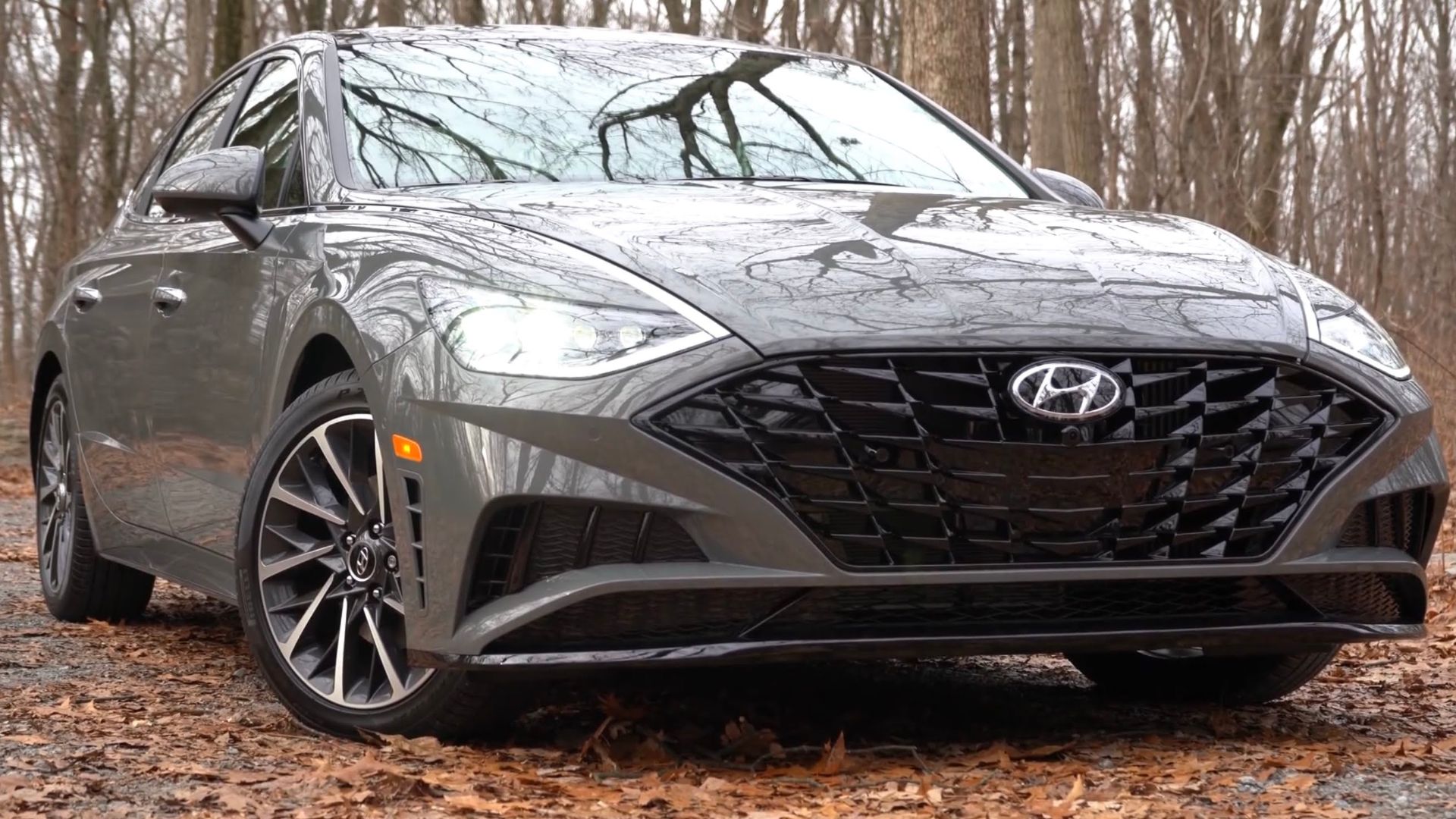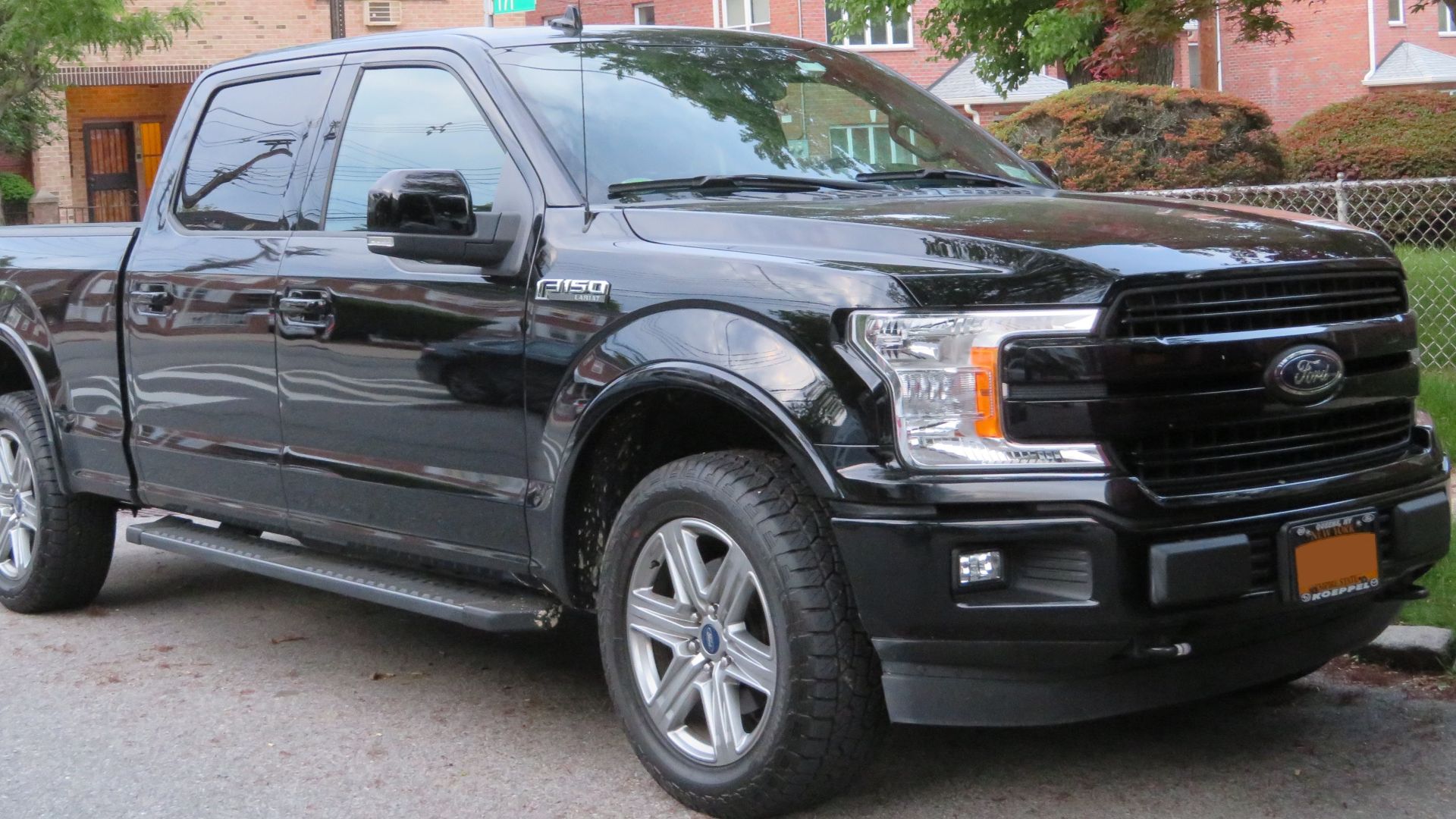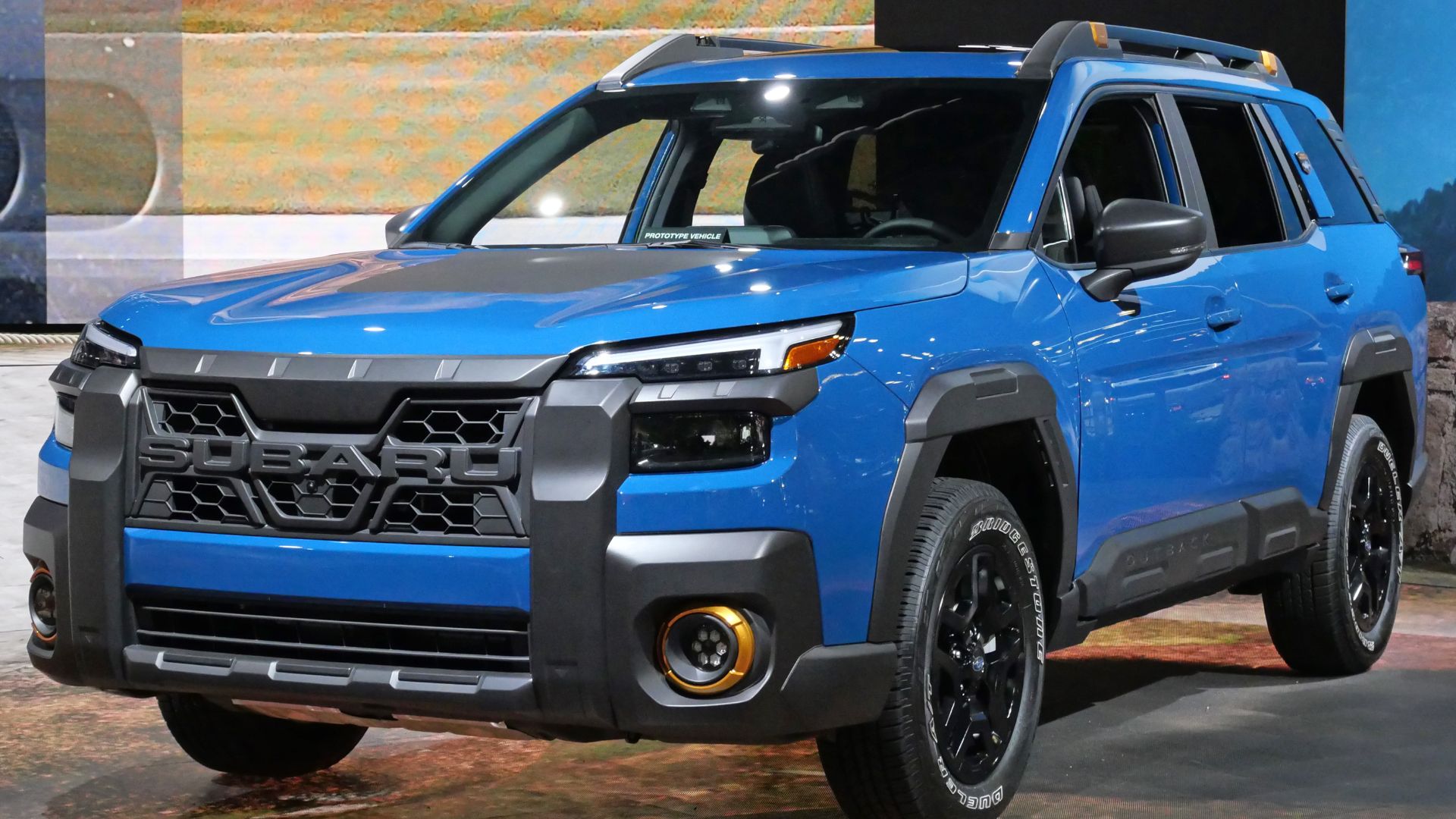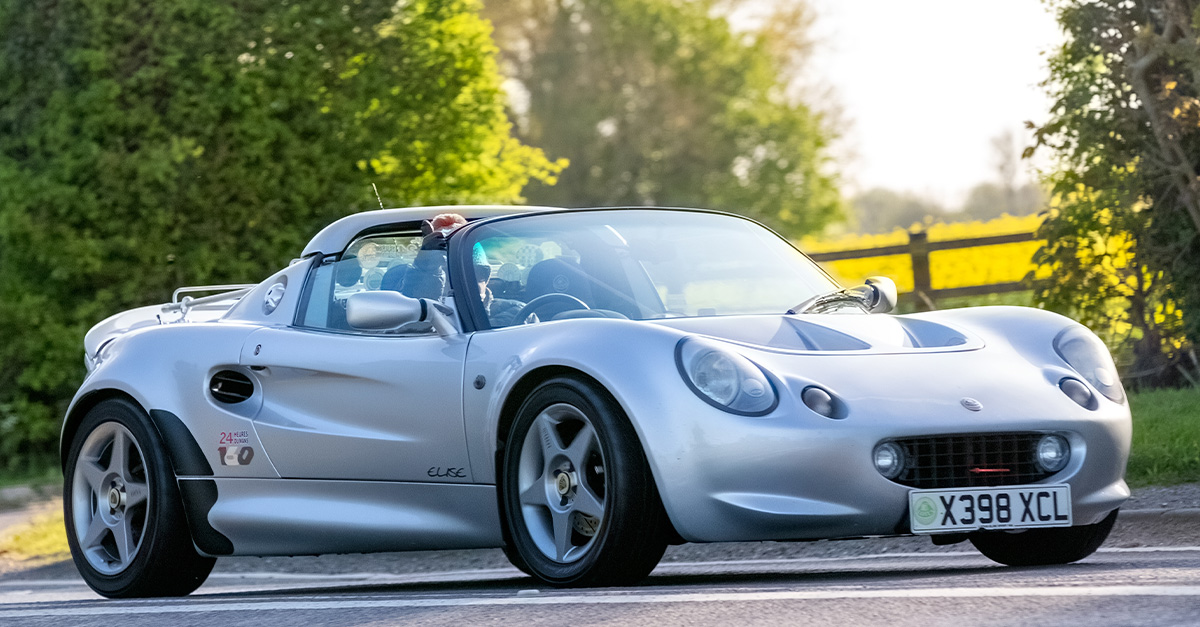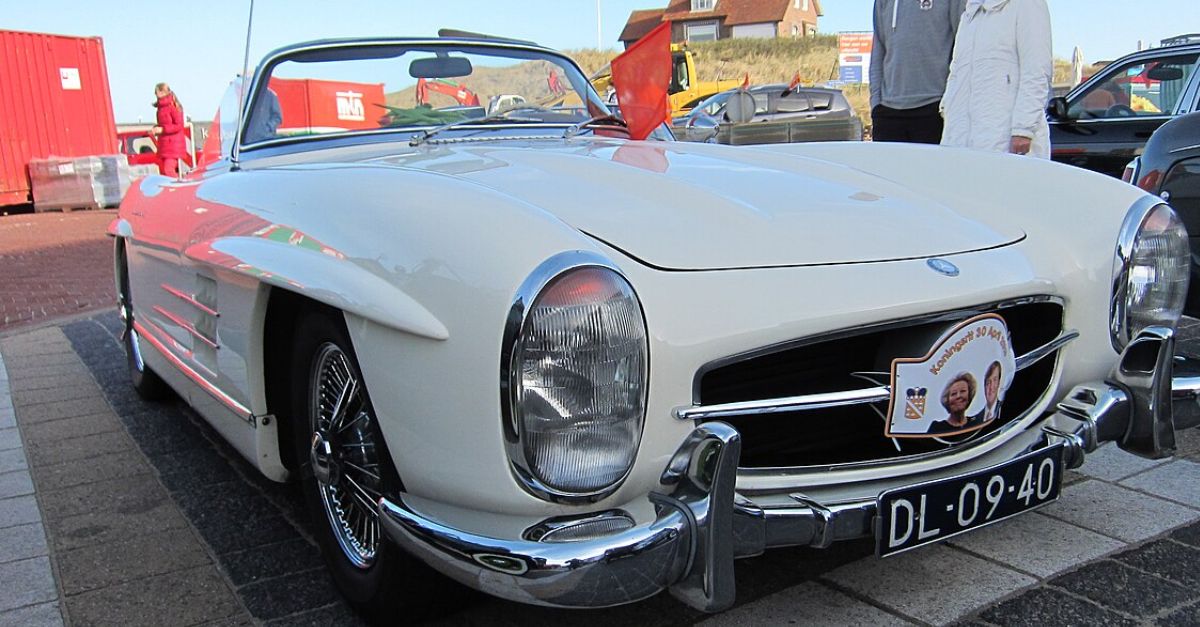Why Used Still Rules In 2025
Sticker shock is real—but the used market remains a treasure hunt for smart shoppers. The right car lets you dodge first-owner depreciation, skip steep destination fees, and land proven reliability with tons of parts and forums behind it. Below are 25 crowd-pleasers that deliver value, durability, and smiles.
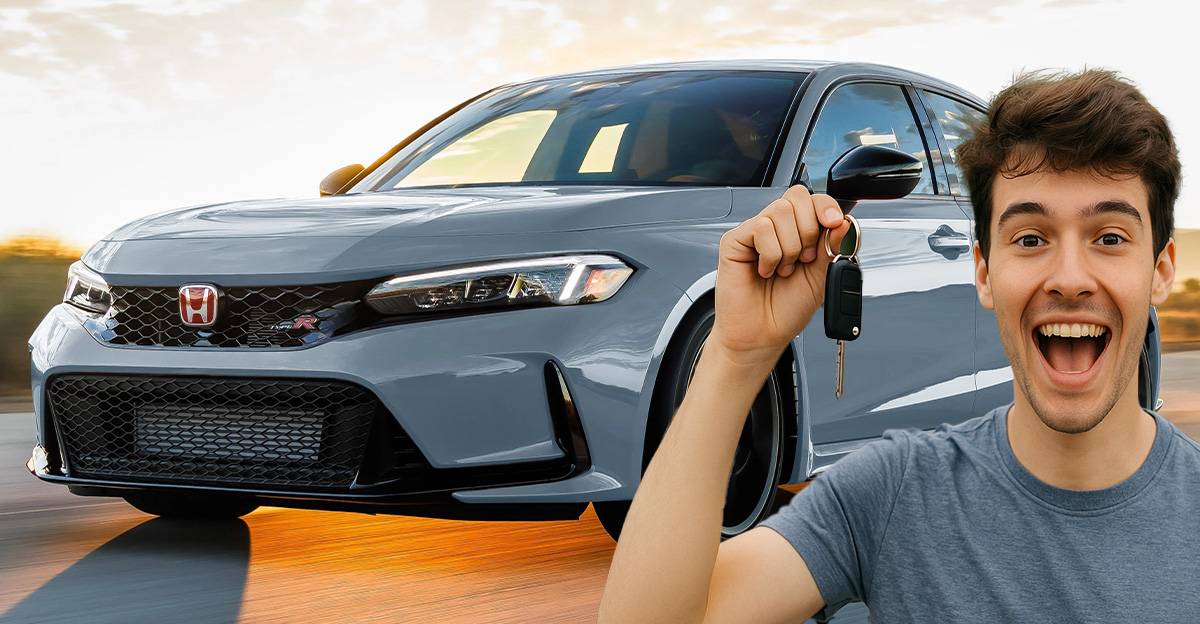
Toyota Camry (2018–2021)
America’s quiet assassin: boring to some, brilliant to owners. The Camry blends stout resale with bulletproof drivetrains (the V6 absolutely rips), excellent safety tech, and low operating costs. You get Lexus-like smoothness without the luxury-tax servicing. Fleet-sized parts supply and massive aftermarket keep ownership easy—and cheap.
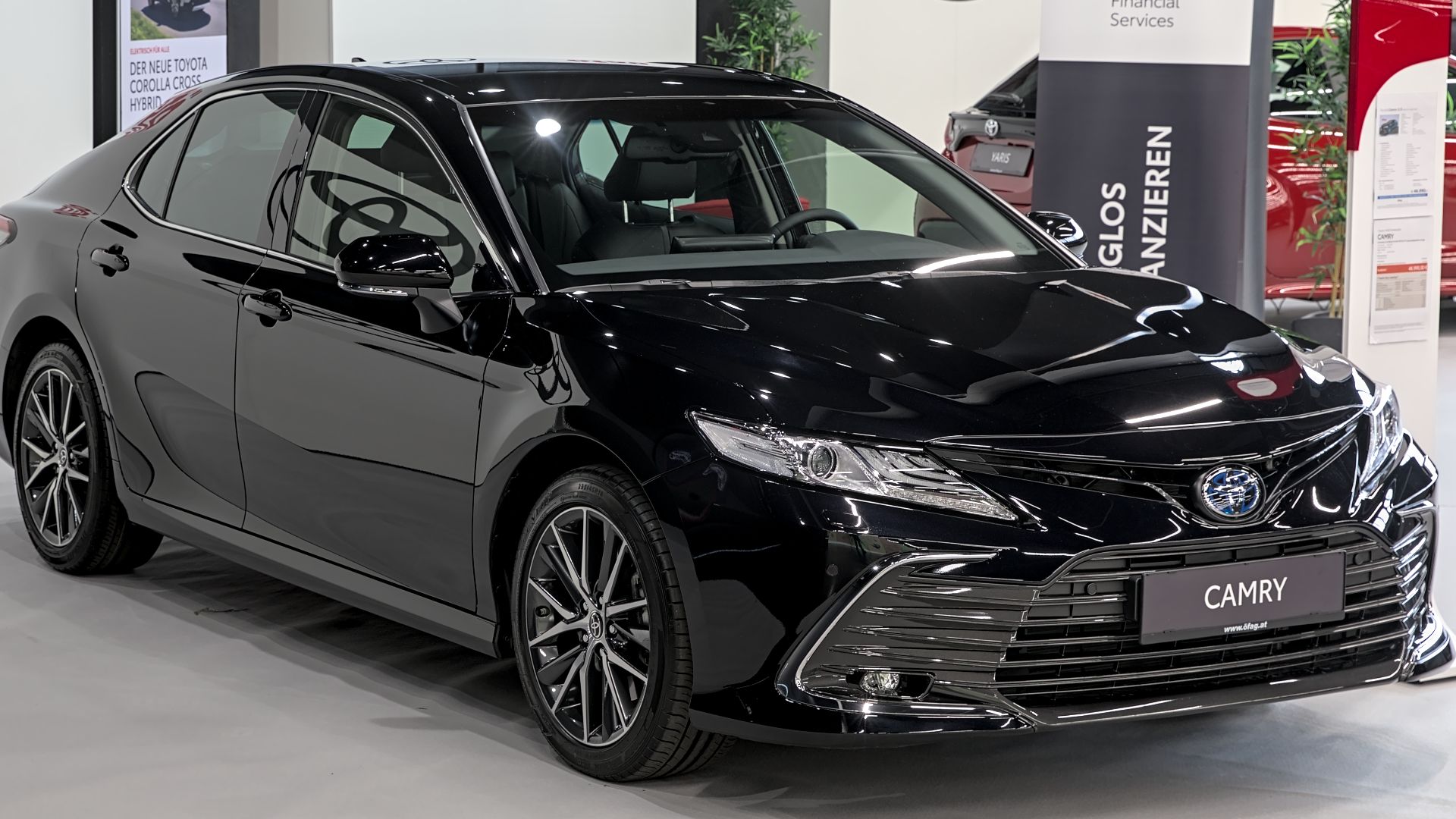 Alexander-93, Wikimedia Commons
Alexander-93, Wikimedia Commons
Honda Civic (2017–2021)
From sensible sedan to spicy hatch, the tenth-gen Civic nails efficiency, steering feel, and daily livability. The 2.0L is stone-simple reliable; the 1.5T rewards with punchy torque when maintained. Cabin space and tech age well, insurance is reasonable, and it sips fuel like it’s on a diet.
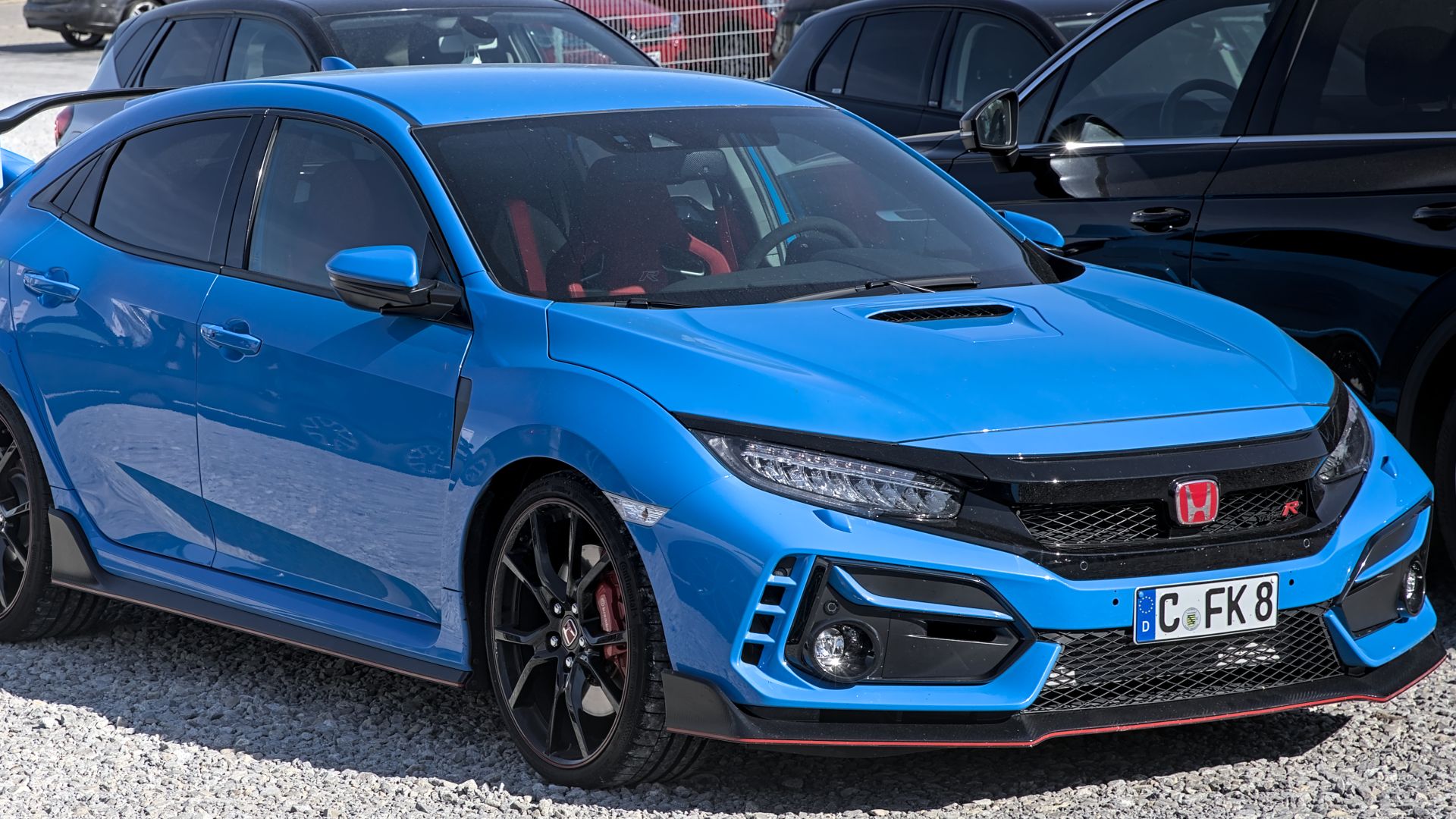 Alexander Migl, Wikimedia Commons
Alexander Migl, Wikimedia Commons
Mazda MX-5 Miata (2016–2019)
Two seats, one mission: joy. The ND Miata’s featherweight chassis, slick six-speed, and roof-you-can-drop-at-a-stoplight make every errand a backroad. Running costs are low, tires are small, and reliability is famously drama-free. Nothing else offers this much grins-per-dollar that also fits in tight city parking.
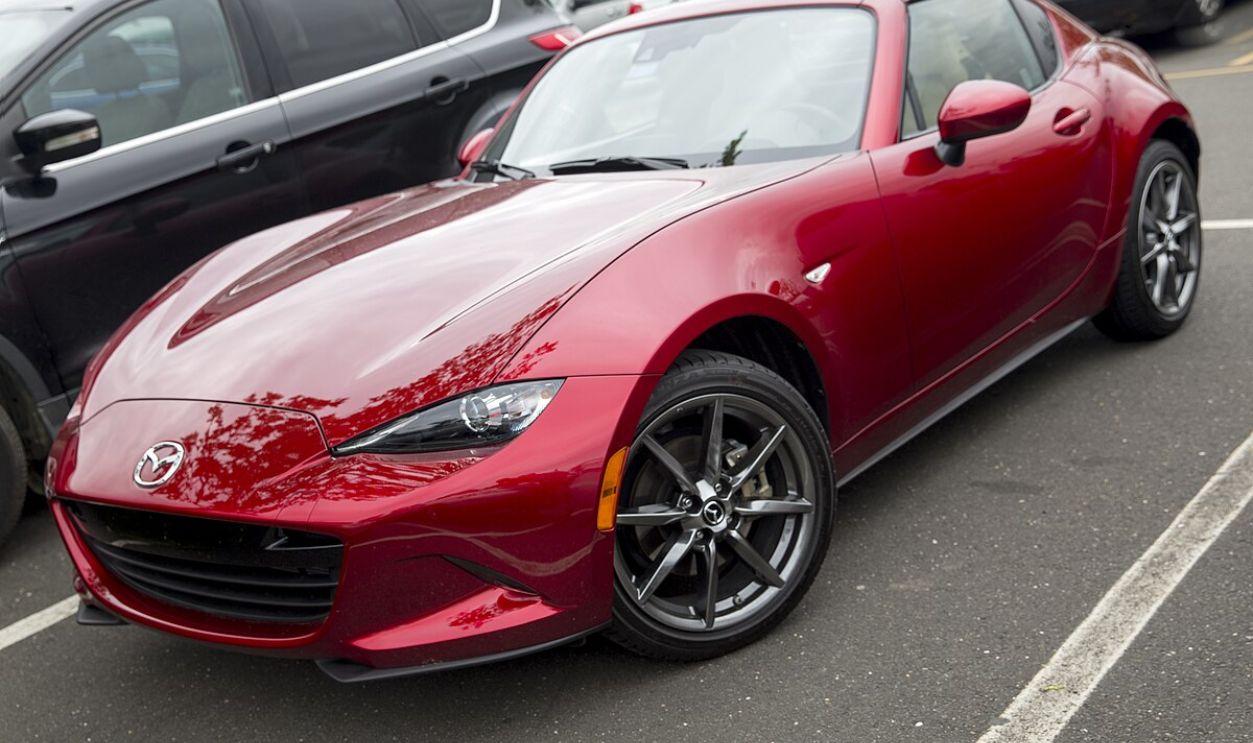 Mr.choppers, CC BY-SA 3.0, Wikimedia Commons
Mr.choppers, CC BY-SA 3.0, Wikimedia Commons
Toyota Prius / Prius Prime (2016–2019 / 2017–2019)
Hybrids with cultlike loyalty. The regular Prius is the mileage champ; the Prime adds plug-in electric errands. Battery longevity is strong, replacement networks are vast, and interior wear is surprisingly minimal over big miles. Great ride quality and cargo space make them everyday heroes.
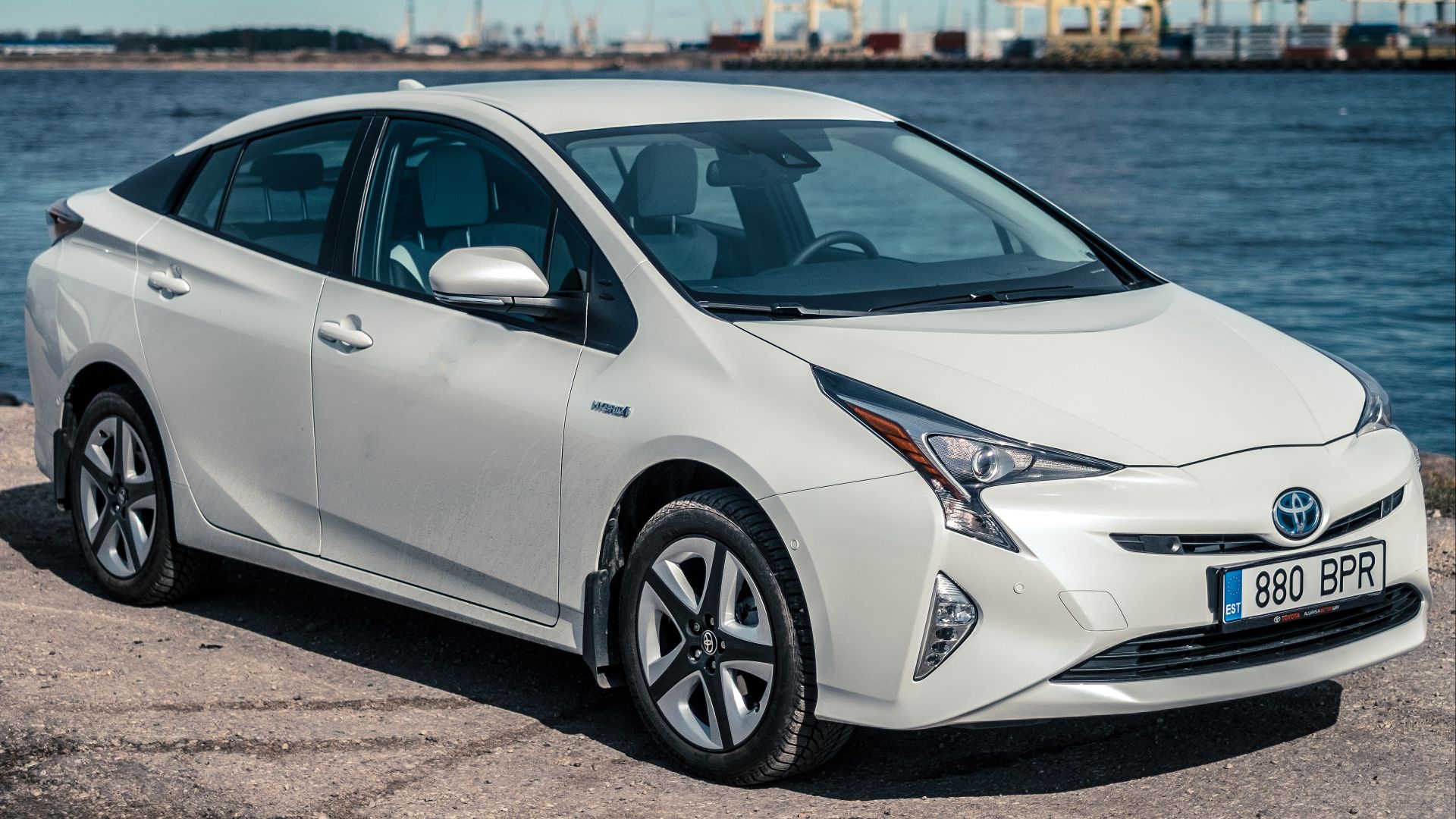 Kārlis Dambrāns from Latvia, Wikimedia Commons
Kārlis Dambrāns from Latvia, Wikimedia Commons
Lexus RX 350 (2016–2019)
The cushy, quiet lounge on wheels. The RX’s naturally aspirated V6 avoids turbo complexity, and Lexus reliability plus serene road manners scream long-term value. Interiors hold up, dealer coverage is everywhere, and the ownership experience borders on spa day—without the luxury repair bills that haunt its German rivals.
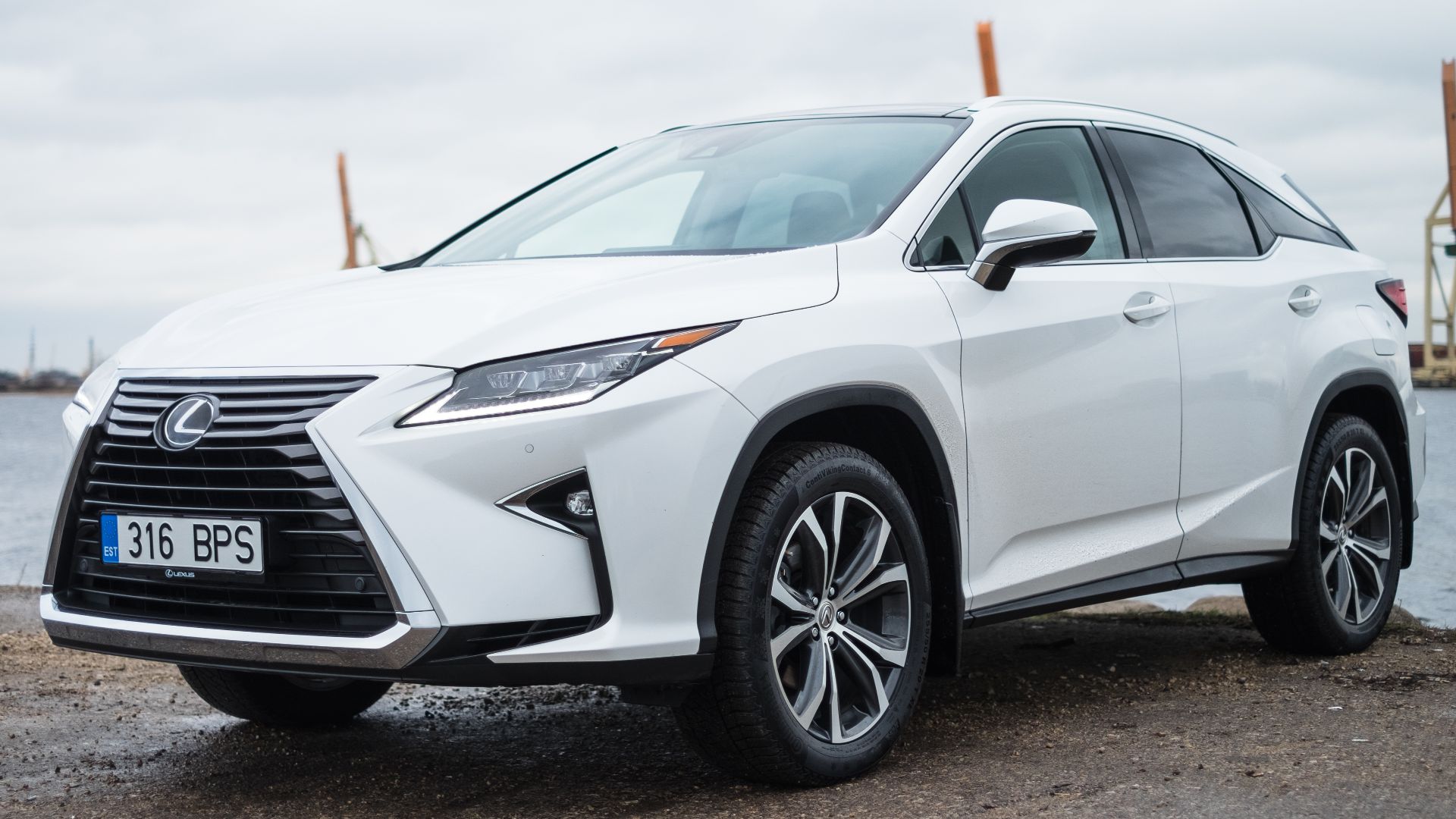 Kārlis Dambrāns, Wikimedia Commons
Kārlis Dambrāns, Wikimedia Commons
Mazda CX-5 (2019–2021)
If you want an SUV that drives like a well-sorted hatch, this is it. Tidy size, premium cabin materials, and steering that talks back. The 2.5L engine is straightforward, the turbo trims are legitimately quick, and used pricing undercuts the “premium” badges while feeling just as upscale.
Honda CR-V (2017–2020)
America’s default answer to “what should I buy?” Big back seat, giant cargo hold, and excellent fuel economy. The CR-V is easy to service anywhere, aftermarket support is huge, and it shrugs off commute abuse. A family hauler that also makes sense as a rideshare workhorse or road-tripper.
Subaru Outback (2018–2020)
A wagon in adventure cosplay—and we mean that lovingly. Standard AWD, generous ride height, and a cabin designed for dogs, skis, and muddy boots. The flat-four is thrifty; the six-cylinder trims tow and climb with ease. Resale is sturdy, and roof-rack culture comes built-in.
Subaru Crosstrek (2018–2020)
The Crosstrek is the Goldilocks of small crossovers: light, efficient, and properly capable when the weather turns. Manual-trans trims exist (bless), and the hybrid’s a sneaky-efficient commuter. With low running costs and crash-friendly insurance rates, it’s the budget adventure starter kit.
Genesis G70 (2019–2021)
Sports-sedan vibes with real steering feel and chassis poise. The 2.0T is lively; the 3.3T is a rocket. Interiors punch above price, driver aids are modern, and depreciation has been your friend—meaning you get premium dynamics for mainstream money. A genuine enthusiast sleeper.
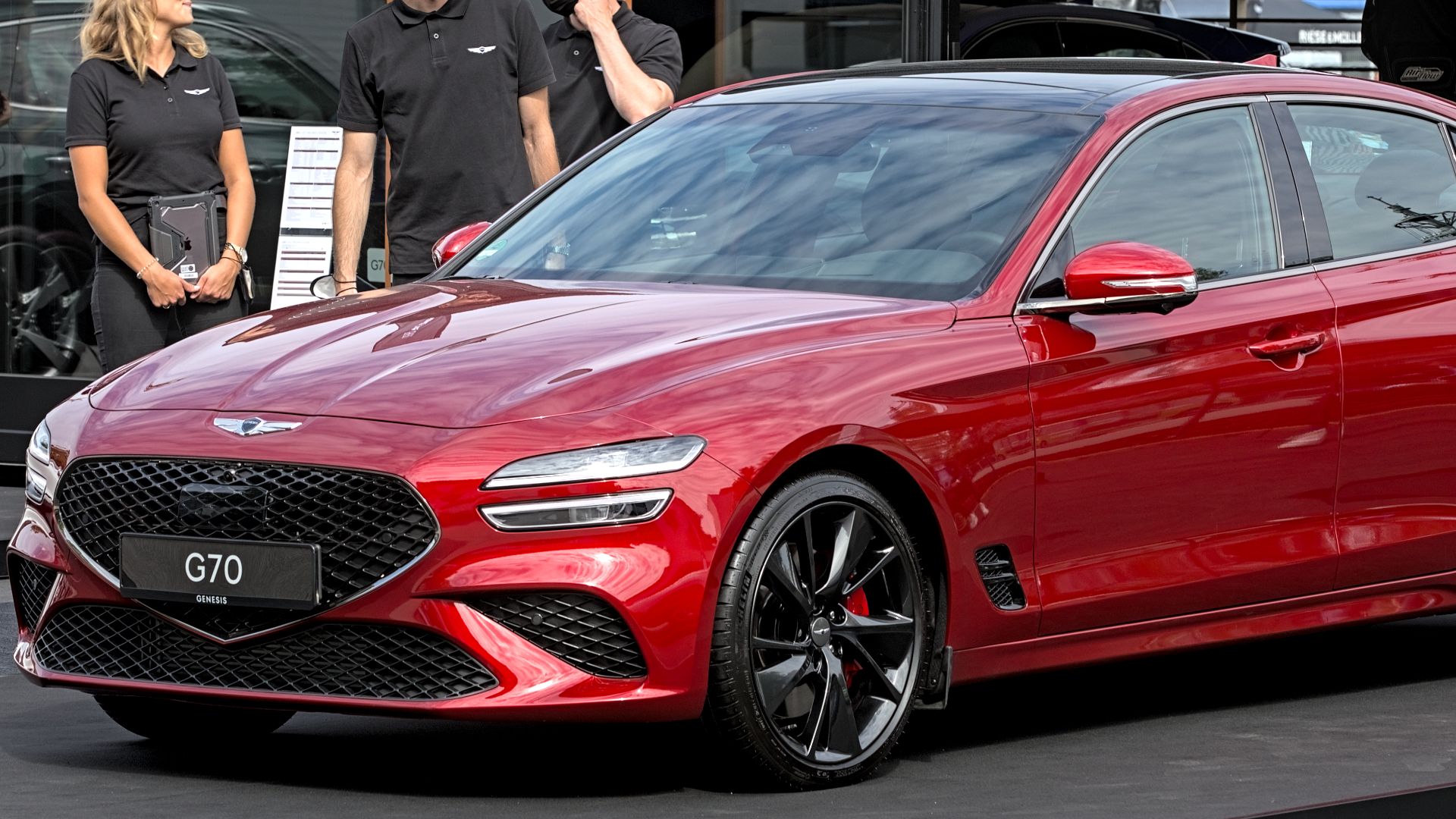 Alexander Migl, Wikimedia Commons
Alexander Migl, Wikimedia Commons
Kia Stinger (2018–2021)
Hatchback practicality meets grand-touring swagger. The Stinger’s long wheelbase rides beautifully, the 2.0T is solid, and the 3.3TT V6 is grin-inducing. Big cargo opening, handsome cabin, and strong highway manners make it the perfect “one car to do it all” deal.
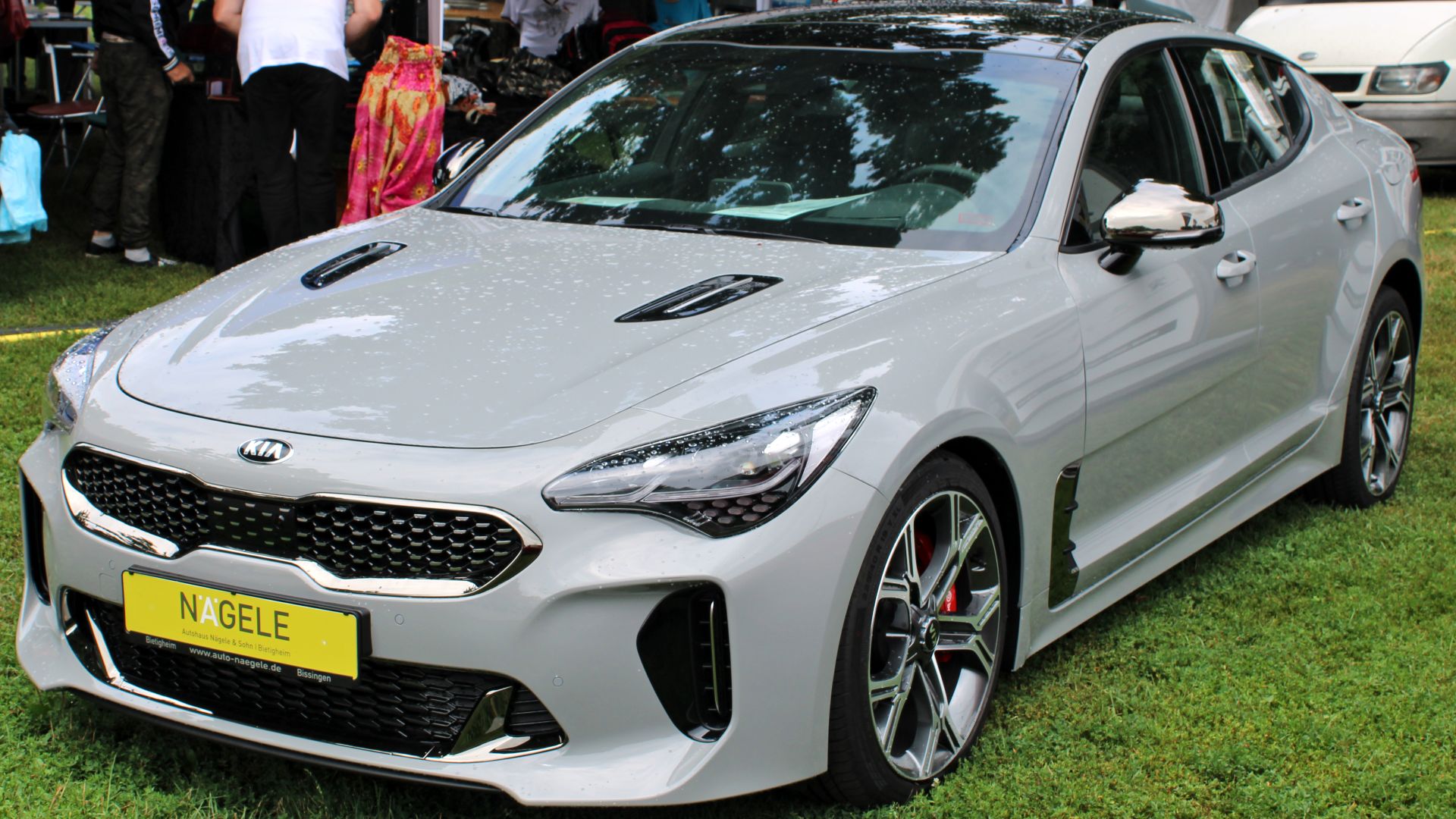 Alexander Migl, Wikimedia Commons
Alexander Migl, Wikimedia Commons
Volkswagen Golf GTI (2016–2020)
The hot hatch that grew up without growing dull. Sharp seats, a playful chassis, and mature highway refinement. Practical enough for Costco and comfy enough for road trips. Parts and tuning support are endless, which means you can tailor it from commuter to canyon-carver on the cheap.
Ford Mustang GT (2015–2017)
Coyote V8, manual option, real back seat—classic recipe. The S550 platform handles, the aftermarket is a bottomless rabbit hole, and used prices are finally friendly again. Add in durable drivetrains and easy parts availability, and you’ve got affordable Americana that roars every time you prod the throttle.
 DariuszSankowski, Wikimedia Commons
DariuszSankowski, Wikimedia Commons
Chevrolet Camaro (2016–2019)
The Camaro became the butt of visibility jokes, which wildly underscored it's value—but the chassis is world-class. V6 models are quick and thrifty; the SS is a muscle-car sledgehammer with real finesse. Interiors improved mid-cycle, and depreciation means you’re buying lap times that embarrass pricier coupes.
BMW 3 Series (2016–2019, F30/F31)
Depreciation: the great equalizer. A well-maintained 330i/340i gives you silky drivetrains, balanced handling, and long-distance comfort. Look for good service history and you’ll get a premium drive at Accord money. Bonus: wagon variants exist, and they’re everything enthusiasts claim.
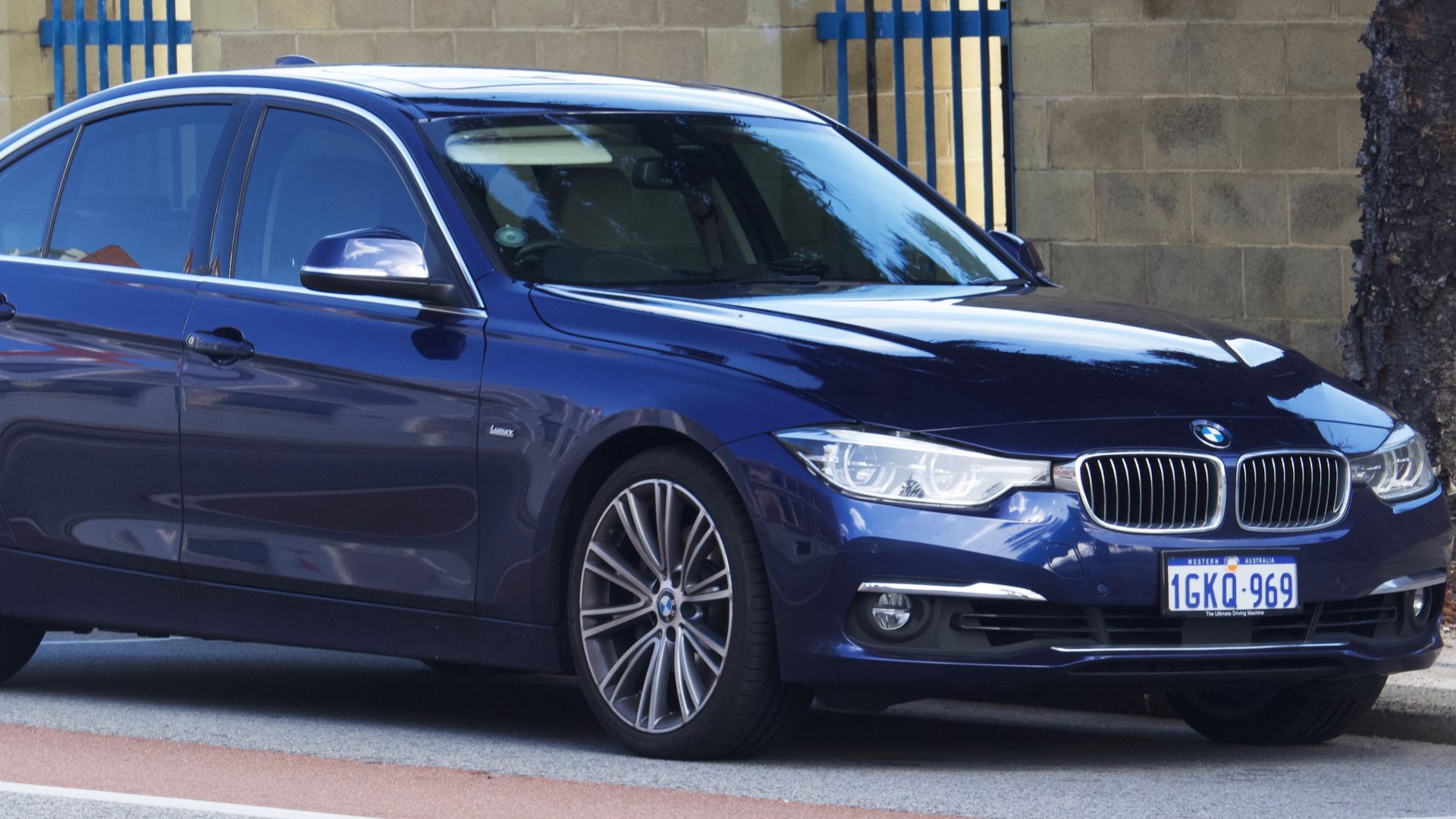 EurovisionNim, Wikimedia Commons
EurovisionNim, Wikimedia Commons
Audi A4 (2017–2019, B9)
Sleek, quiet, and tech-forward—yet sneaky affordable used. The 2.0T/Quattro combo is efficient and sure-footed; cabin design still feels modern in 2025. When previous owners stayed on top of routine maintenance, you inherit executive-level refinement at compact-sedan pricing.
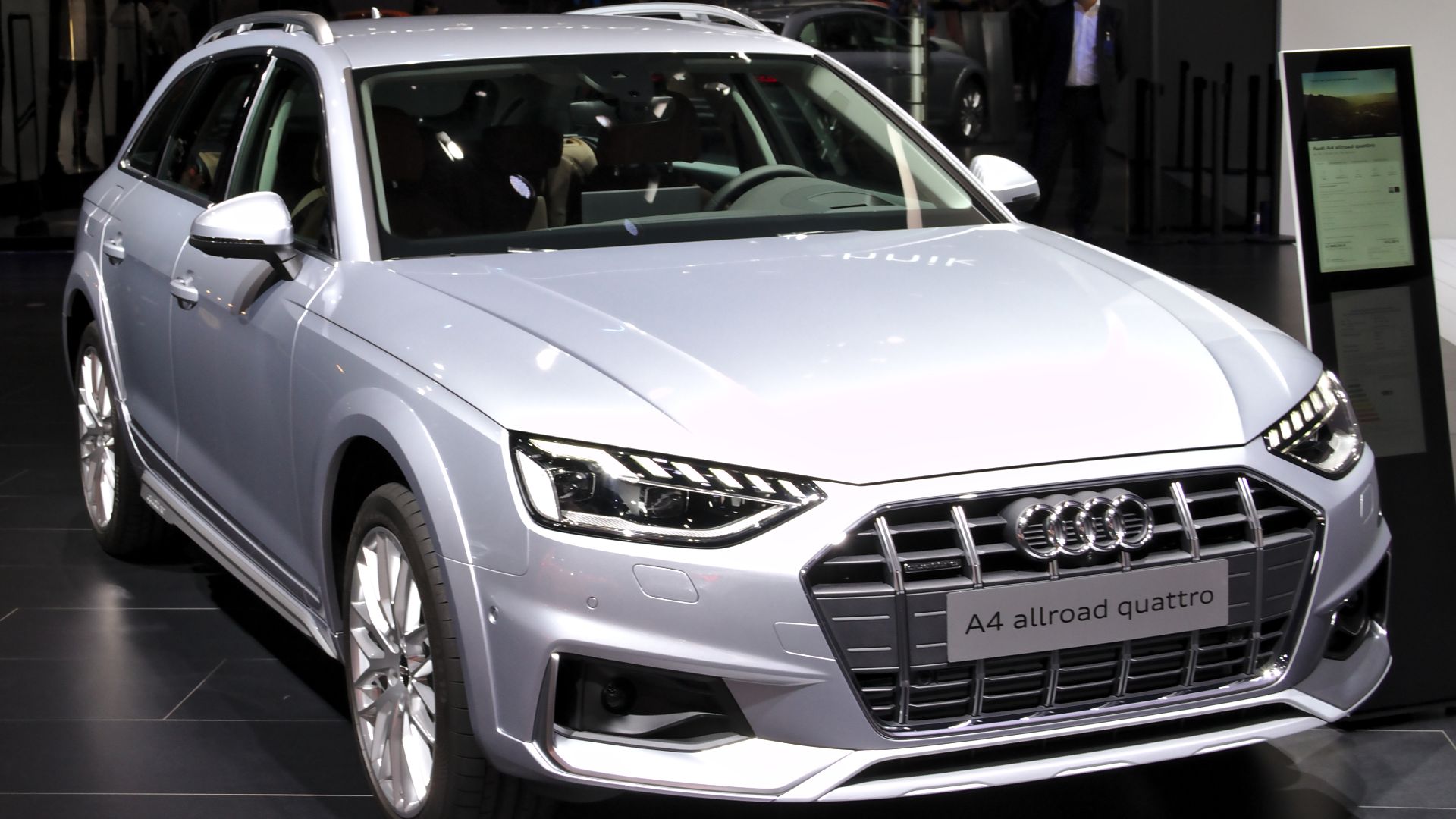 Alexander Migl, Wikimedia Commons
Alexander Migl, Wikimedia Commons
Acura TLX (2018–2020)
Acura’s value play: luxury-lite prices with Honda bones. The V6 is a sweetheart, SH-AWD adds traction fun, and seats are road-trip friendly. Infotainment quirks aside, long-term costs are a fraction of German rivals—and the styling has aged into quiet confidence.
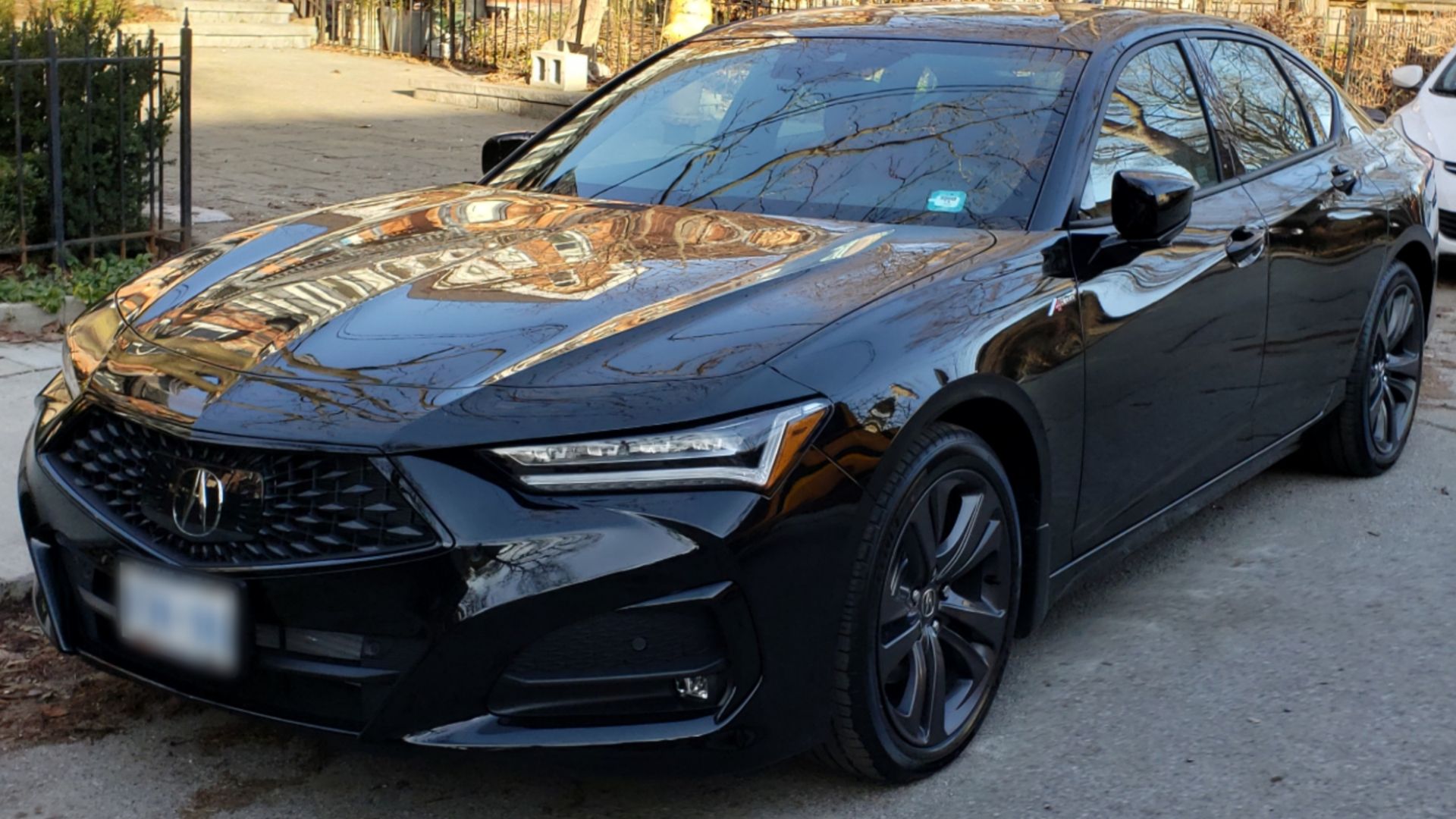 Coolomon Tetris (also known as CoolT), Wikimedia Commons
Coolomon Tetris (also known as CoolT), Wikimedia Commons
Lexus GS 350 (2015–2018)
A discontinued gem that got even better with age. Naturally aspirated V6, rear-drive balance, and vault-like build quality. Because the GS bowed out, used prices dipped into “how is this so cheap?” territory for what is a genuine luxury sport sedan built to last.
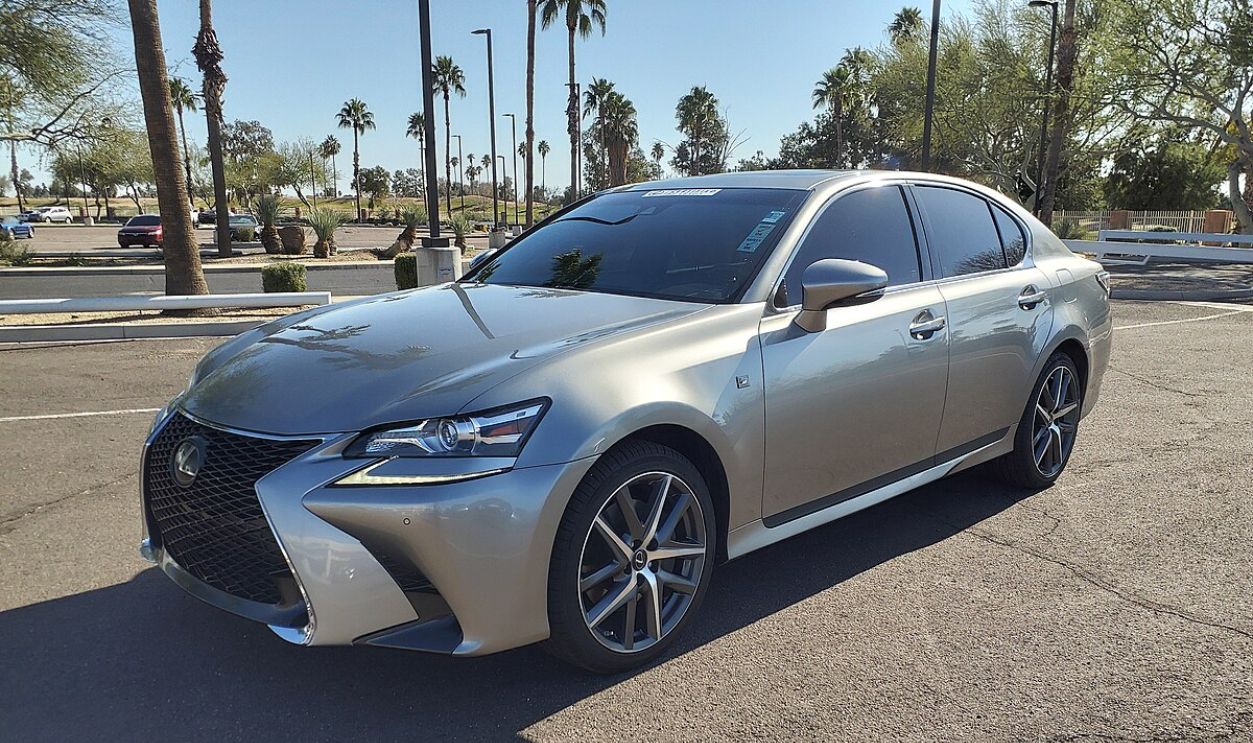 HJUdall, CC0, Wikimedia Commons
HJUdall, CC0, Wikimedia Commons
Toyota Avalon (2016–2019)
Think “Camry Plus.” The Avalon cranks up space, smoothness, and serenity while keeping Toyota-grade reliability. Older buyers pampered many of these, so you’ll find clean examples with gentle miles. Ride quality is sofa-like, and maintenance is comically simple for a full-size near-lux sedan.
Hyundai Sonata (2020–2021)
Handsome styling, great standard safety kit, and roomy everything. The 1.6T offers a torque-rich commute, hybrids deliver monster mpg, and used prices trail the segment—your gain. Interiors feel far fancier than the price suggests, and warranty carryover on newer examples sweetens the pot.
Chevrolet Bolt EV (2017–2020)
One of the cheapest genuine 200+-mile EVs you can buy. Post-remedy packs and later builds make daily electric commuting painless. The tall-hatch layout swallows gear, one-pedal driving is addictive, and electricity costs keep ownership cheap. Ideal second car or budget-friendly city runabout.
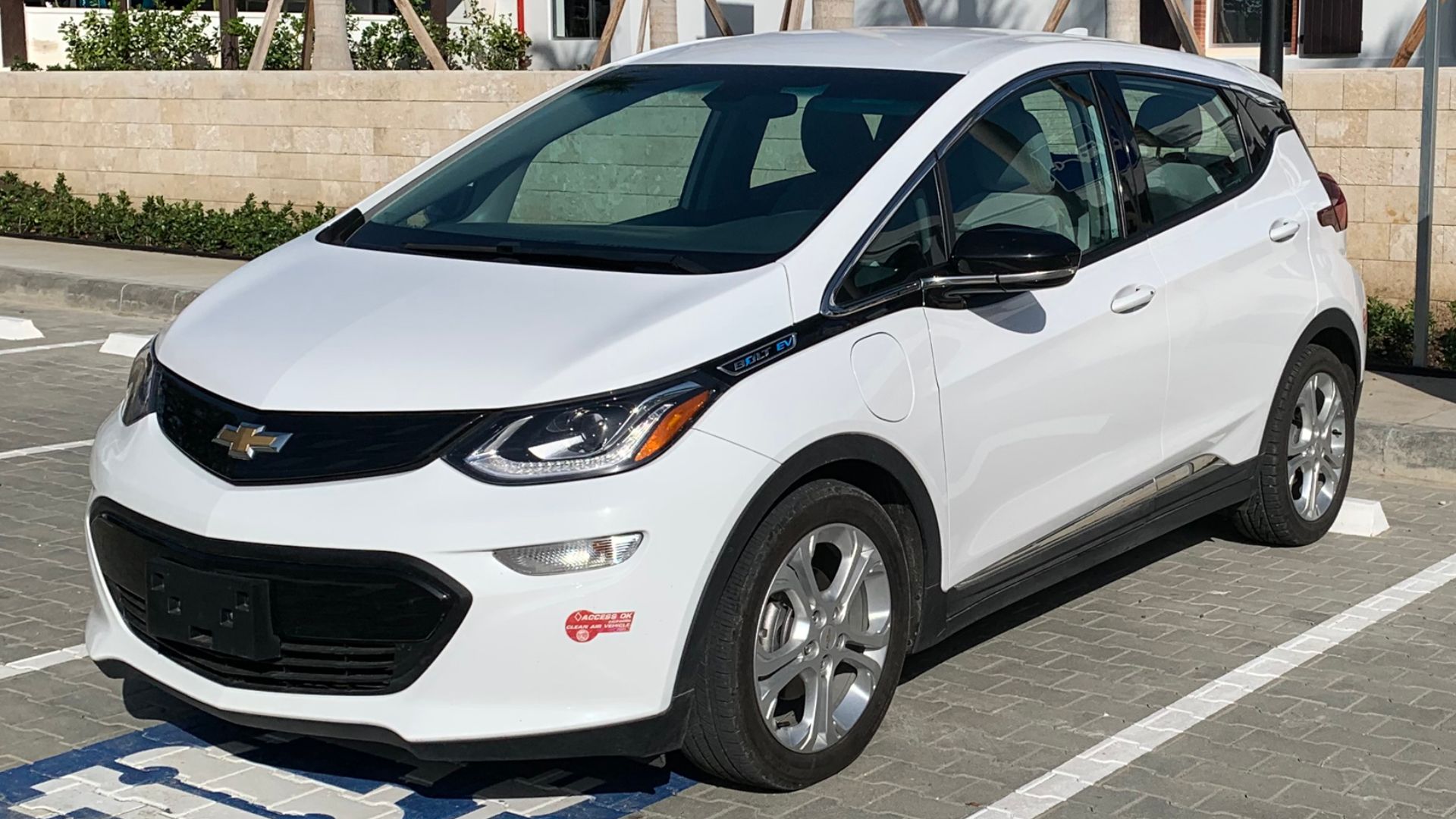 Mariordo (Mario Roberto Durán Ortiz), Wikimedia Commons
Mariordo (Mario Roberto Durán Ortiz), Wikimedia Commons
Tesla Model 3 RWD (2018–2020)
The EV that normalized EVs. Even early RWD cars deliver brisk acceleration, minimalist cabins, and a charging network that actually works. Software support and over-the-air updates help them age well. Inspect for battery health and panel wear; find a good one and you’ll love the low running costs.
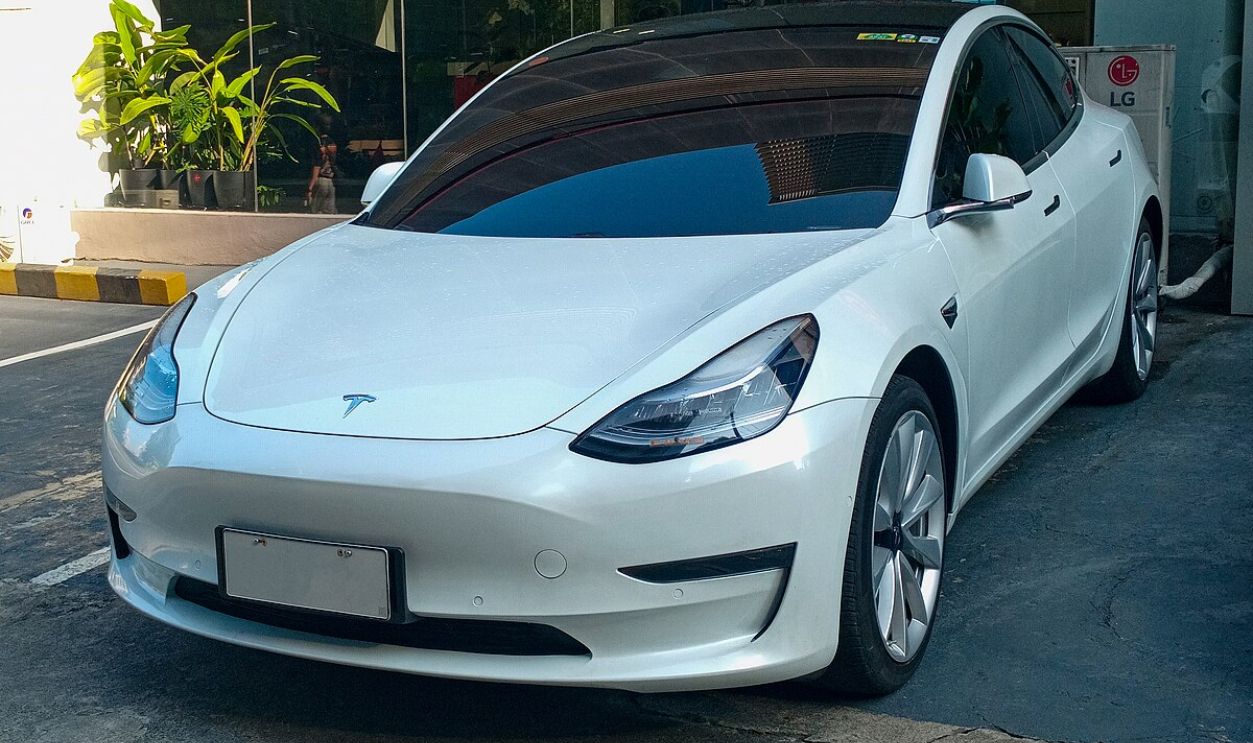 Ethan Llamas, CC BY-SA 4.0, Wikimedia Commons
Ethan Llamas, CC BY-SA 4.0, Wikimedia Commons
Chevrolet Volt (2016–2019, Gen 2)
An EV for your commute, gas for your road trip—that’s Volt magic. Around 50+ electric miles per charge in real life means most days you won’t burn a drop. When you do, the gas engine hands you 400-plus miles of total range. Practical hatch format and inexpensive upkeep seal the deal.
 Mariordo (Mario Roberto Durán Ortiz), Wikimedia Commons
Mariordo (Mario Roberto Durán Ortiz), Wikimedia Commons
Nissan Leaf (2018–2020, 40 kWh)
The Leaf is a city EV hero with shockingly usable hatch space. The 40 kWh pack provides realistic daily range for commuters, while simple maintenance and plentiful parts keep costs microscopic. Ideal for short trips, college towns, or as a second car that silently exterminates gas station visits.
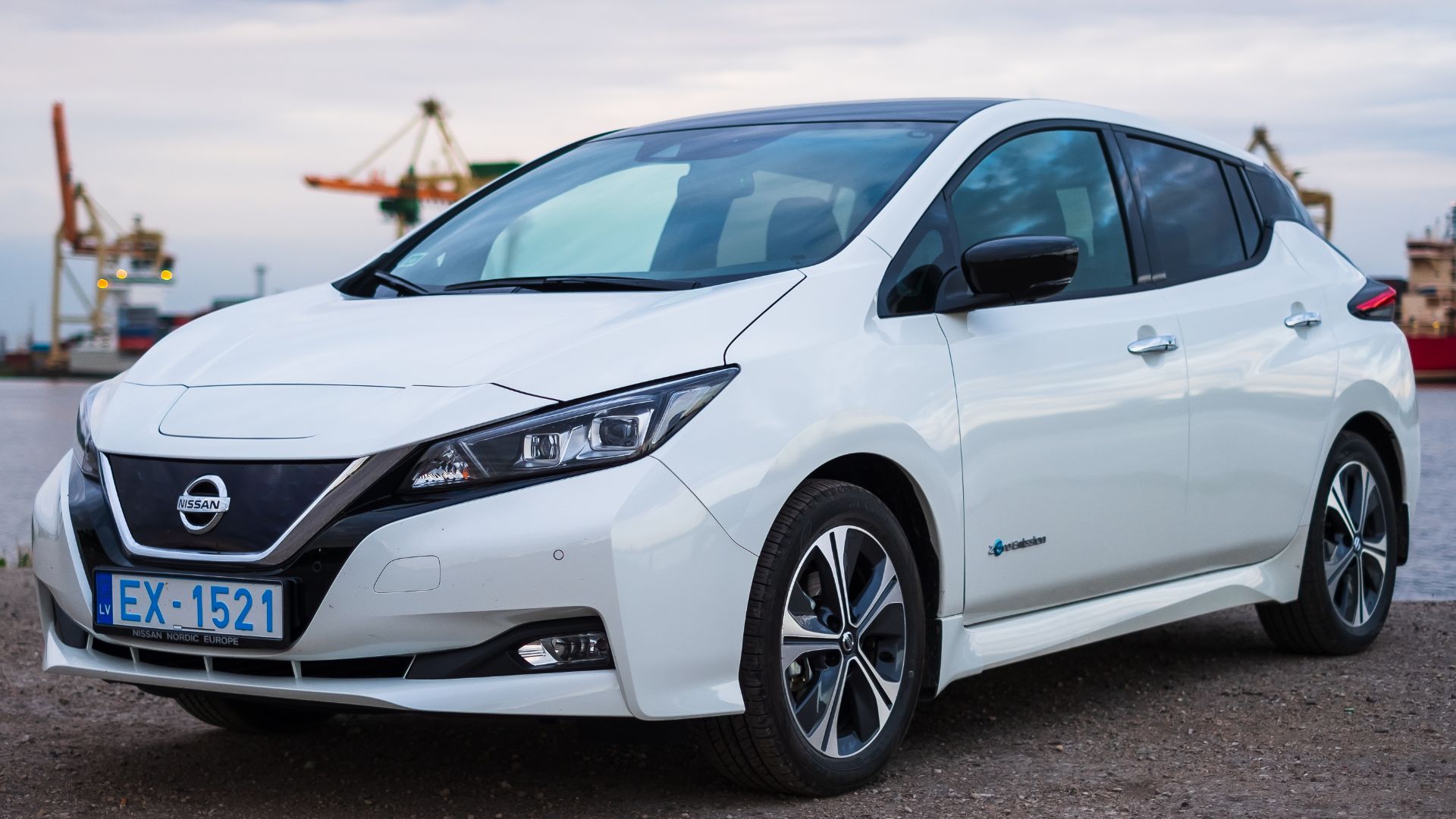 Kārlis Dambrāns from Latvia, Wikimedia Commons
Kārlis Dambrāns from Latvia, Wikimedia Commons
Ford F-150 2.7 EcoBoost (2016–2019)
Half-ton capability without half-ton fuel bills. The 2.7TT punches above its weight, tow/haul features are plentiful, and the aftermarket is an entire universe. Work or weekend, you get a modern interior, wide availability, and prices that make sense versus brand-new trucks with six-figure MSRPs.
Subaru Out-The-Door Wisdom
Even the best “deal” can go sideways without homework. Get a pre-purchase inspection, budget for tires/fluids right away, and pull service records. Hybrids and EVs? Check pack health. German luxury? Prioritize maintenance history. The shopping edge in 2025 is patience: there are lots of good cars—wait for your good car.
How To Hunt Like A Pro
Cast a wide net nationally, run VINs, and stalk enthusiast forums to spot common issues. Compare trim quirks (a base model with the right options often beats a flashy badge). Don’t fear higher miles if maintenance is perfect. And negotiate: clean money, flexible timing, and polite persistence still win deals.
Which Used Car Are You Buying Before The End Of The Year?
Used remains the ultimate car hack: let someone else eat the early depreciation, then you cash in on proven durability and lower payments. Whether you’re chasing V8 thunder, EV thrift, or crossover comfort, these 25 picks stretch every dollar without feeling like a compromise. Happy hunting—and enjoy the drive.
You May Also Like:
Anyone Who Drives Stick Will Tell You These Cars Are Classics
The Most American-Made Cars—Ranked According to Data
The Best RVs For Winter Travel, According To Industry Experts

